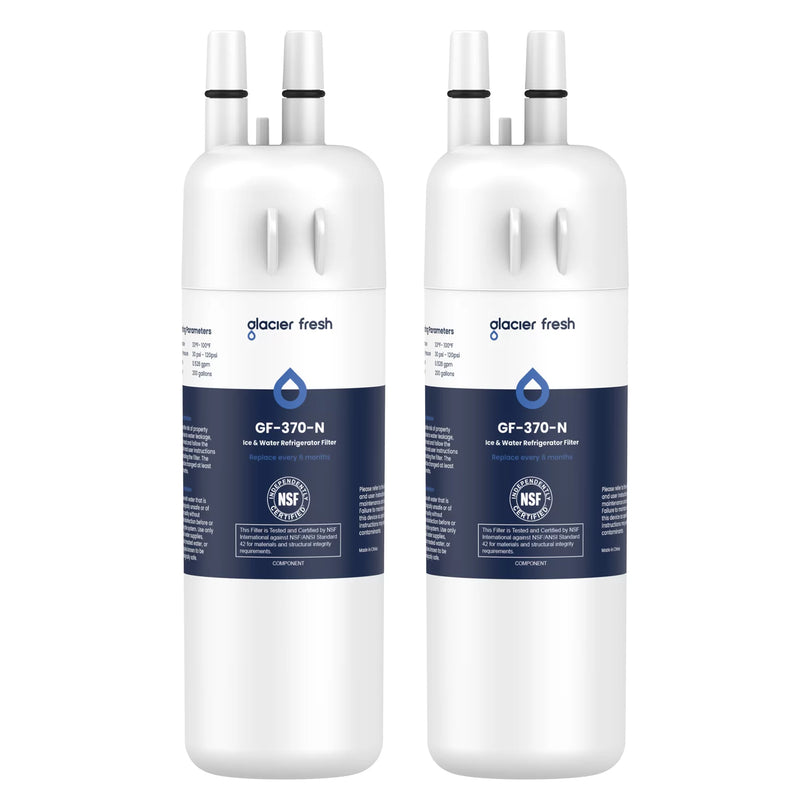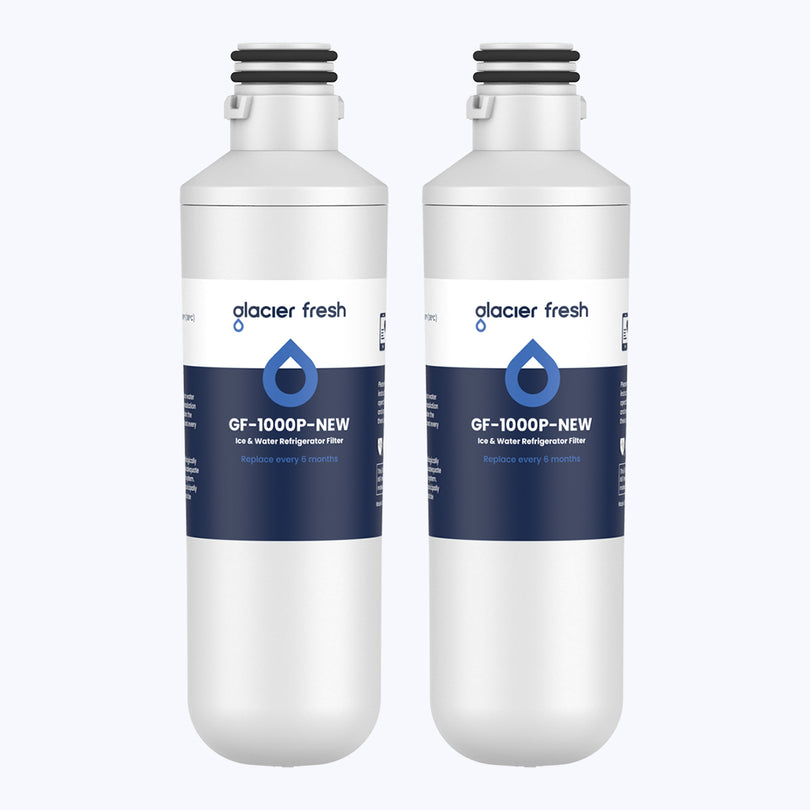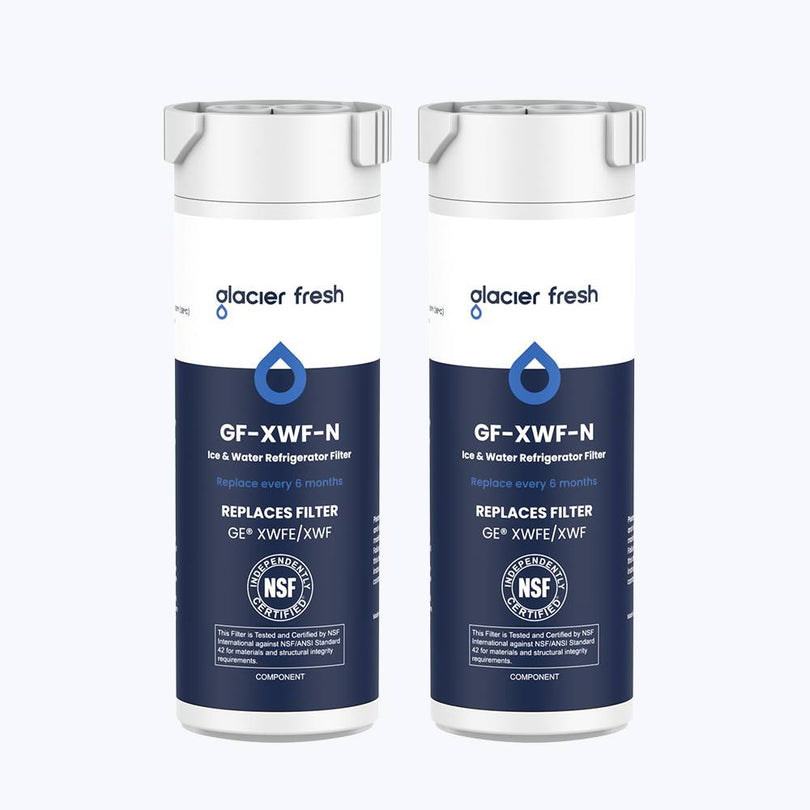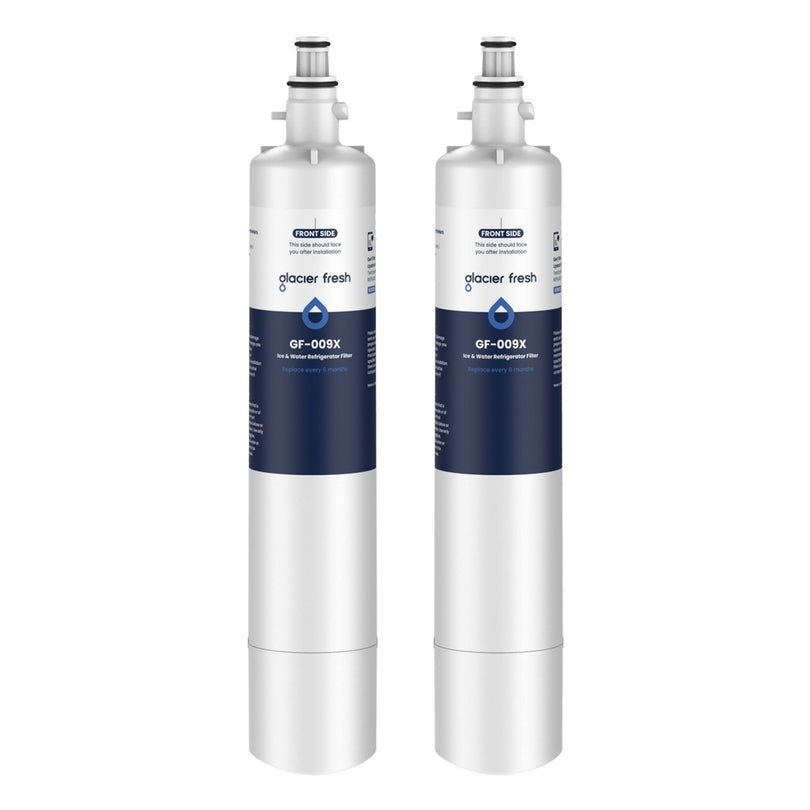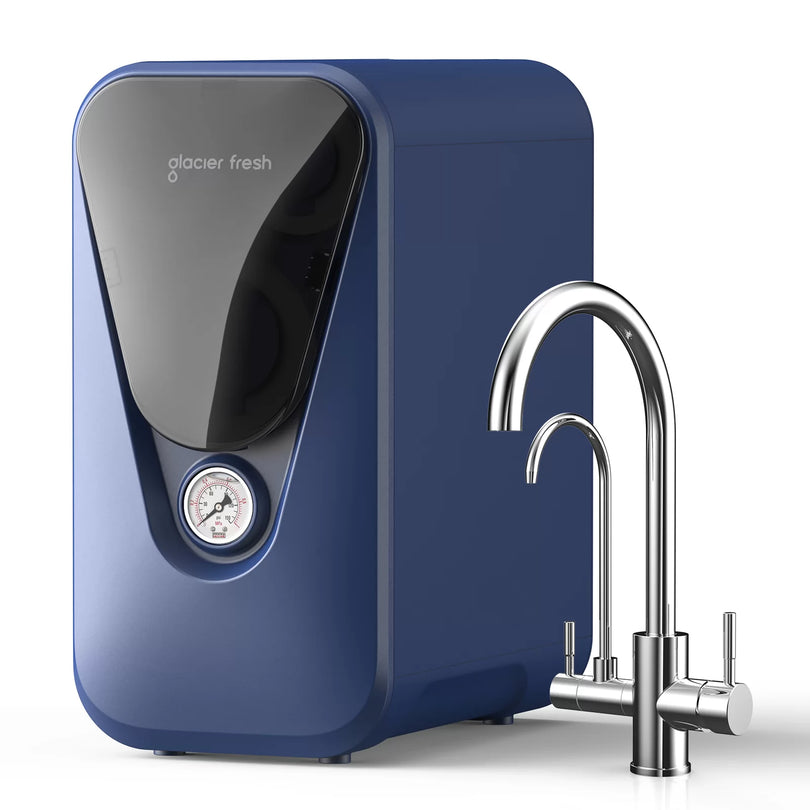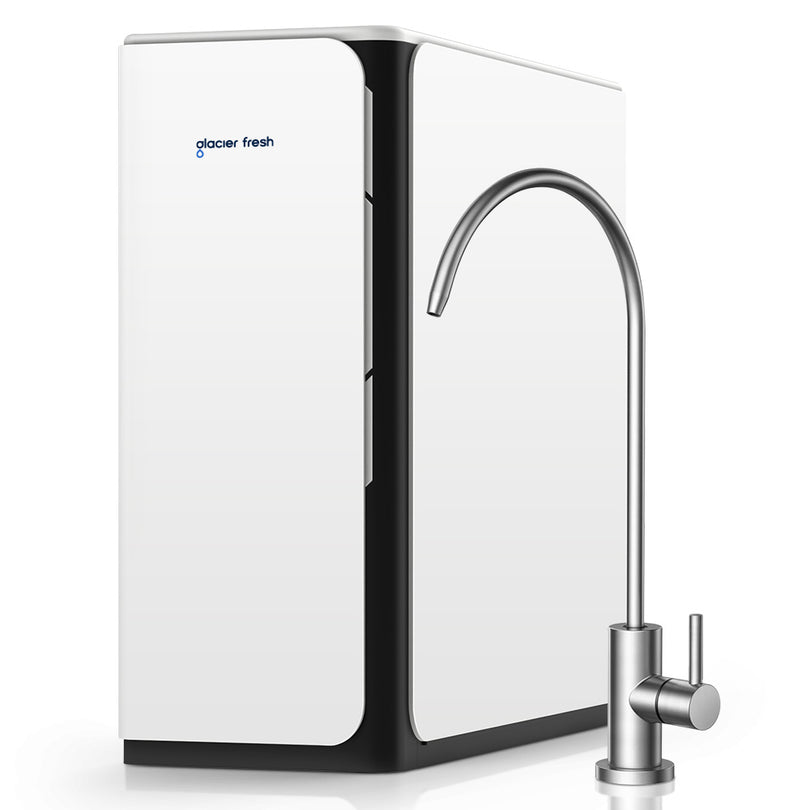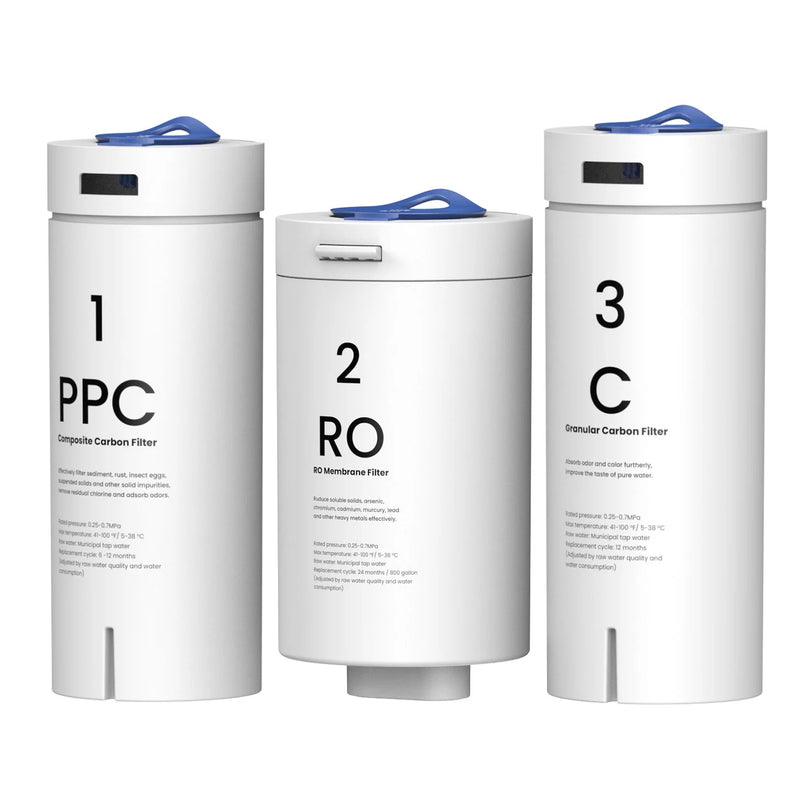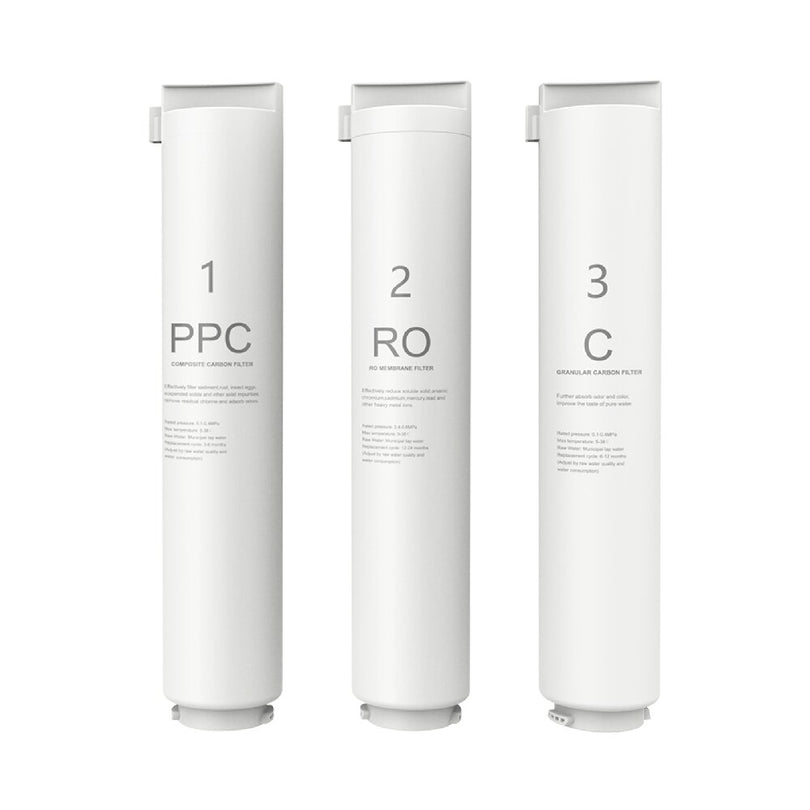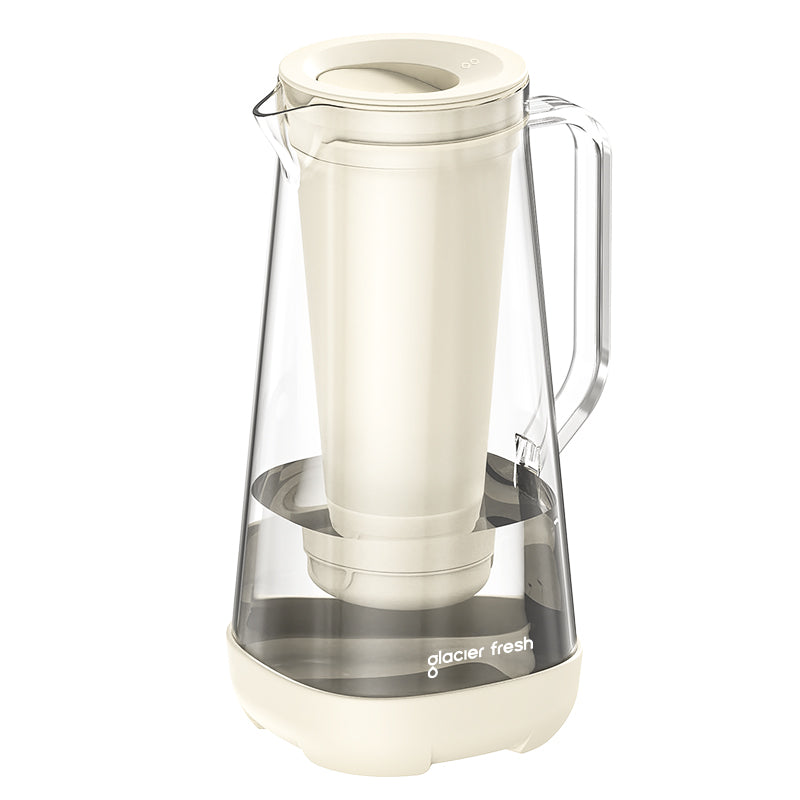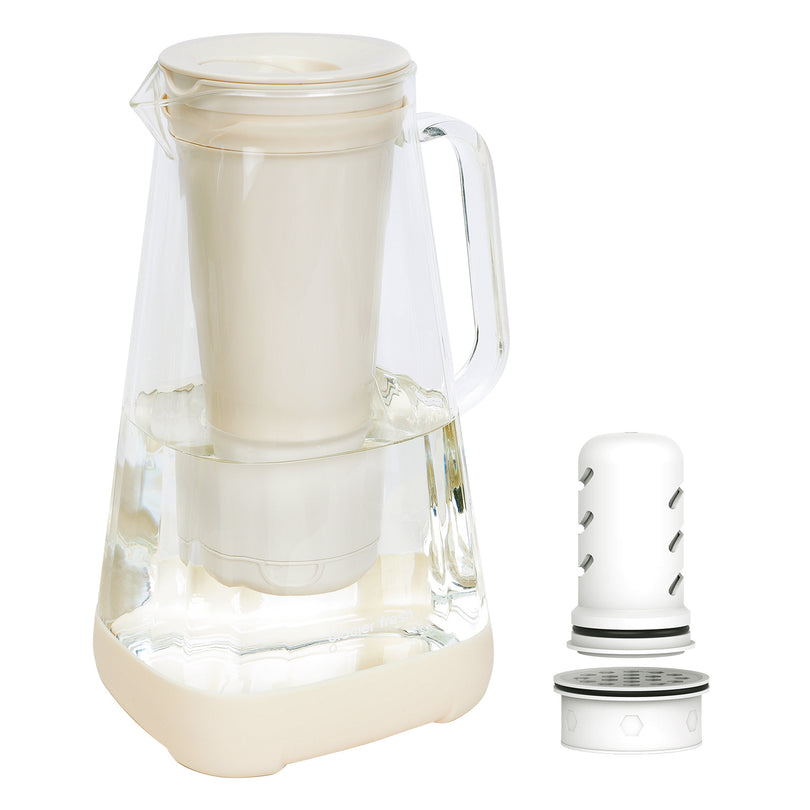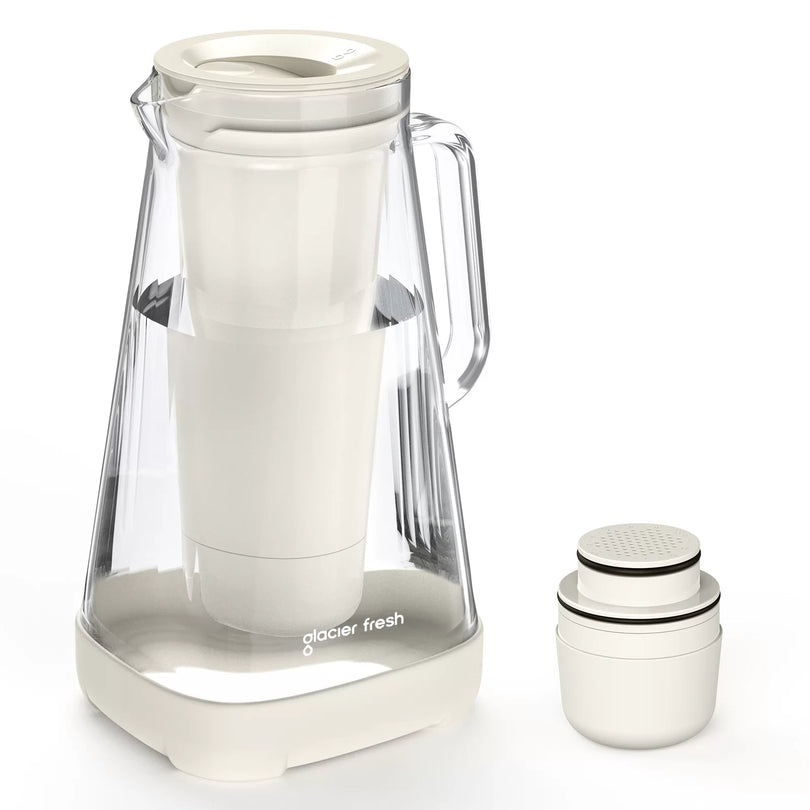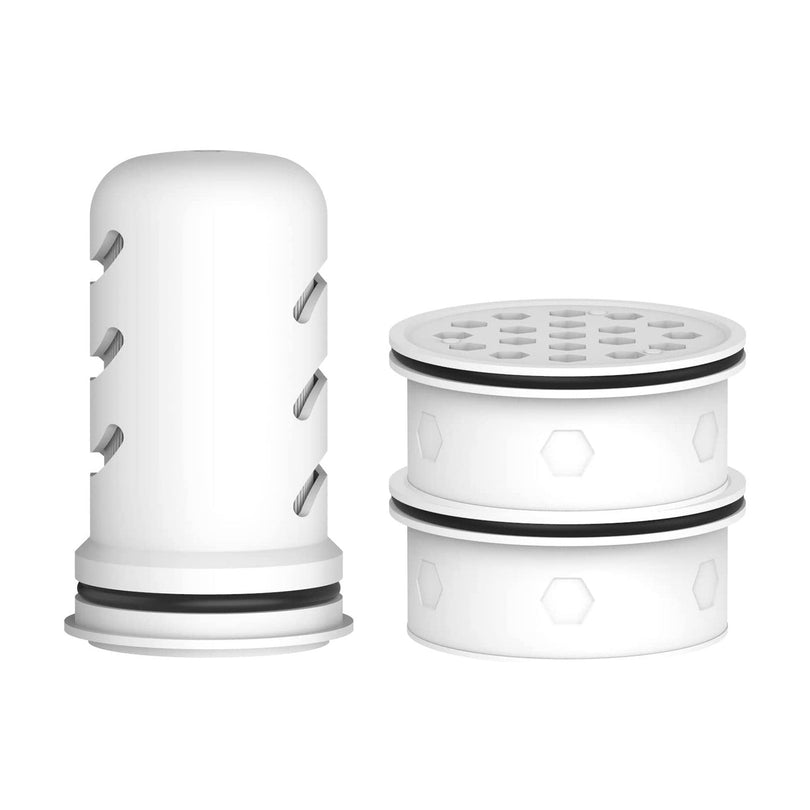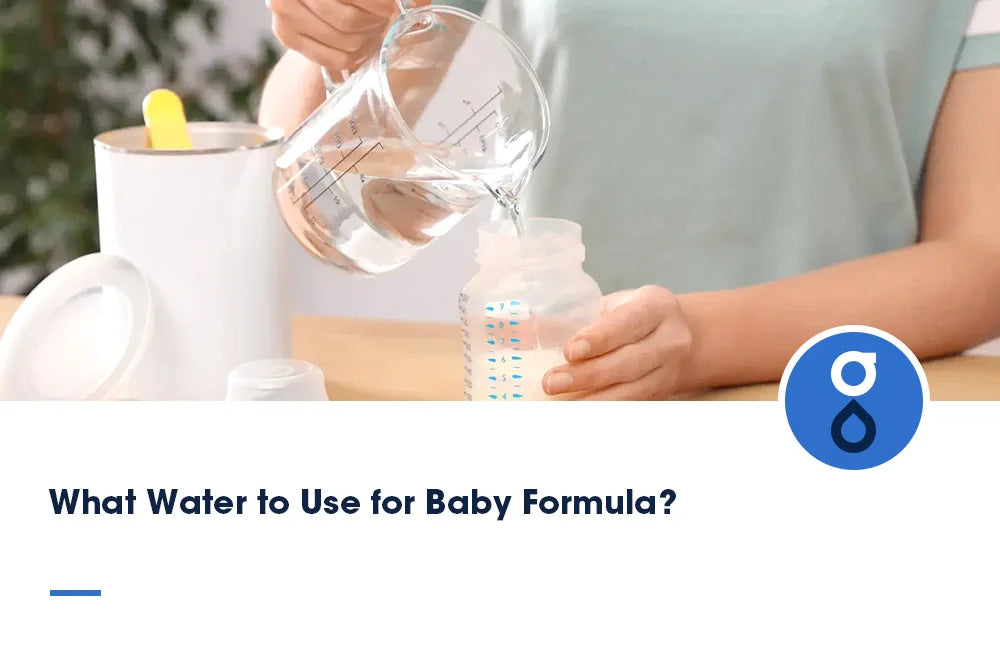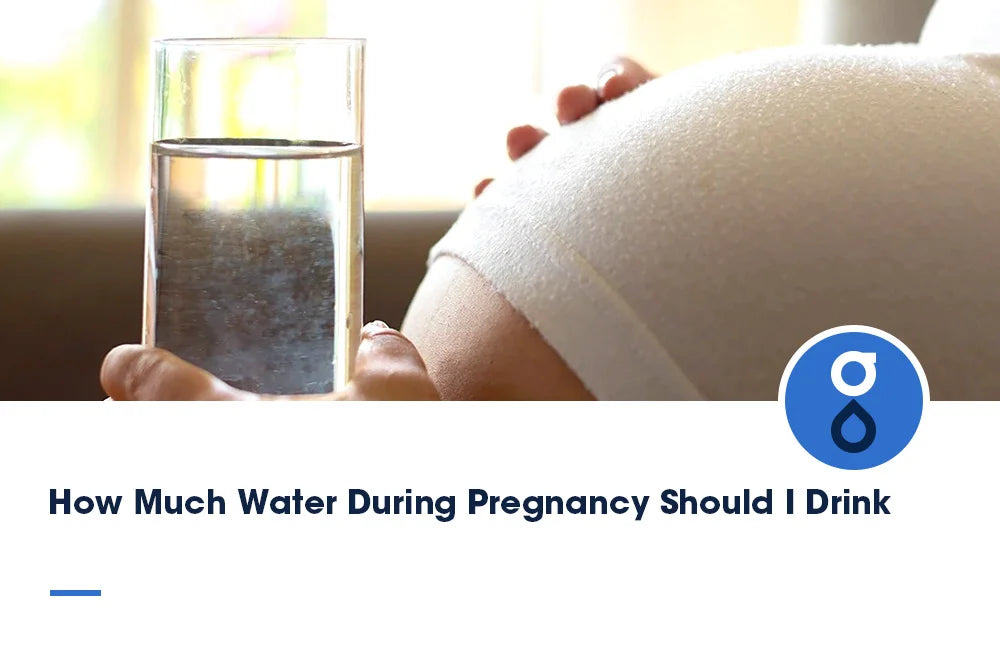Table of Contents:
Wie wirken sich Überschwemmungen auf die Wasserqualität aus?
Sicherer Umgang mit Wasser nach Überschwemmungen
Langfristige Lösungen für die Wasserqualität in der Gemeinde
Weitere praktische Tipps nach einer Überschwemmung
FAQs
Abschluss
Überschwemmungen verursachen nicht nur Elend durch zerstörte Häuser, Straßen und Infrastruktur, sondern verschmutzen auch die Lebensquelle Wasser. Der Zugang zu sauberem Trinkwasser ist nach einer Überschwemmung oft ein ernstzunehmendes Problem. Verschmutztes Wasser kann sich schnell zu einem Nährboden für Krankheiten entwickeln und in diesen schwierigen Zeiten die Sicherheit und das Wohlbefinden der Menschen in der Gemeinde gefährden.
Dieser Artikel beschreibt einige notwendige Maßnahmen zur Wassersicherheit nach Hochwasserkatastrophen, sowohl kurzfristige Lösungen wie das Abkochen von Wasser als auch langfristige Maßnahmen für die Gemeinde. Sie sind unerlässlich, um gesund zu bleiben, egal ob Sie Ihre Familie vorbereiten oder Ihre Gemeinde nach einer Überschwemmung retten.
Wie wirken sich Überschwemmungen auf die Wasserqualität aus?

Der Regen, der bei Überschwemmungen zu Wasser führt, trifft auf Städte und Gemeinden, aber es handelt sich nicht ausschließlich um Regenwasser. Vorsicht ist geboten bei Überschwemmungen mit Abwasser, Pestiziden, tierischen Abfällen und sogar Industriechemikalien, da diese Kombination eine gefährliche Mischung darstellt und Flüsse, Brunnen und sogar das Haushaltswasser verunreinigt. Die folgenden Auswirkungen von Überschwemmungen auf die Wasserqualität sind zu beobachten:
Abwasserüberlauf : Hierbei handelt es sich um eine Mischung aus Wasser und Abwasser. Wenn sich die beiden Bestandteile vermischen, werden sie in Gewässer und in die Abwasserrohre eingeleitet.
Agrarpaket : Produzierte Düngemittel und Pestizide gelangen in Flüsse und Grundwasser und stellen eine chemische Gefahr dar.
Industrieabfälle : Fabriken und Lagerhäuser laufen Gefahr, Öl, Chemikalien oder andere schädliche Substanzen ins Hochwasser zu leiten.
Schutt und Ablagerungen : Bei Überschwemmungen kommt es bekanntermaßen zu großen Mengen an Schlamm und Schutt, die das Wasser für die unmittelbare Nutzung unsicher machen.
Die Folgen dieser Verschmutzung sind verheerend. Die Weltgesundheitsorganisation (WHO) berichtet, dass Krankheiten wie Cholera, Ruhr und Hepatitis A auf der Tanzfläche ausgebrochen sind, wenn es nach Überschwemmungen zu einem Ausbruch kam. Auch wenn das Wasser klar sein kann, kann es dennoch unbekannte Bakterien, Viren und Parasiten enthalten.
Sicherer Umgang mit Wasser nach Überschwemmungen
Um sicher zu sein, ist es wichtig zu wissen, wie man Wasser aufbereitet, lagert und handhabt. Zu den besten Maßnahmen zur Wassersicherheit im Haushalt gehören:
Abkochen und Desinfizieren von Wasser

Die effektivste Methode, Wasser sicher zu machen, ist das Abkochen. So gewährleisten Sie die Wirksamkeit:
-
Kochen Sie das Wasser und halten Sie es mindestens eine ganze Minute lang kochend (drei Minuten in größeren Höhen über 2.000 Metern).
-
Lassen Sie das Wasser natürlich abkühlen und geben Sie kein Eis unbekannter Herkunft hinzu.
-
Bewahren Sie das abgekochte Wasser in einem sauberen, abgedeckten Behälter auf.
Wenn Sie aufgrund von Brennstoffmangel nicht kochen können, können Sie Chemikalien wie Chlor- oder Jodtabletten verwenden, um schädliche Mikroorganismen zu zerstören.
Verwendung von Flaschenwasser als vorübergehende Lösung
Die sicherste und schnellste Alternative zum Trinken, Kochen und Zubereiten von Babynahrung unmittelbar nach einer Überschwemmung ist Wasser in Flaschen. Bei der Verwendung von Wasser in Flaschen:
-
Überprüfen Sie, ob die Flasche richtig verschlossen ist
-
Verwenden Sie keine verbeulten, aufgeblähten oder undichten Flaschen.
-
An einem trockenen, kühlen Ort aufbewahren und nicht direkter Sonneneinstrahlung aussetzen.
Doch Wasser in Flaschen ist nur eine vorübergehende Lösung. Bei großen Katastrophen kann die Verteilung eingeschränkt sein, und Plastikmüll stellt ein Problem für die Umwelt dar. Dennoch bietet es in den ersten Stunden die nötige Erleichterung.
Verwenden Sie Wasserfiltersysteme für den Heimgebrauch
Durch die Installation eines Wasserfilters im Haushalt lässt sich das Risiko einer Verunreinigung deutlich verringern.
Haushalte sollten sich jedoch darüber im Klaren sein, dass ein schlecht gewartetes Filtersystem manchmal Probleme verursachen kann, anstatt sie zu verhindern. Probleme wie verstopfte Filter, Bakterienwachstum im Gerät oder ein überfälliger Kartuschenwechsel können die Wasserqualität beeinträchtigen. Deshalb ist es wichtig, regelmäßig zu überprüfen, ob Ihr Wasserfilter wirklich sicher ist oder Sie krank macht , und Probleme mit dem System zu erkennen, bevor sie die Gesundheit Ihrer Familie beeinträchtigen.
Glacierfresh Untertisch-RO-System
Das Umkehrosmosesystem (RO) Glacierfresh für den Untertisch entfernt bis zu 99 Prozent der Schadstoffe, Schwermetalle, Pestizide, Bakterien usw. Es ist eine großartige langfristige Investition, die auch nach den Überschwemmungen für sicheres Trinkwasser sorgt.
Viele Haushalte fragen sich oft , ob RO-Wasser wirklich sicher und gesund zum Trinken ist , da bei diesem Verfahren nicht nur Schadstoffe, sondern auch einige nützliche Mineralien entfernt werden. Die Antwort lautet: RO ist grundsätzlich sicher und bietet zuverlässigen Schutz, insbesondere in Hochwassergebieten. Familien sollten dies jedoch durch eine ausgewogene Ernährung oder gegebenenfalls eine Remineralisierung ausgleichen.
Obwohl RO sehr effektiv ist, sollten sich Haushalte vor der Installation eines Systems auch über einige Nachteile der Umkehrosmose im Klaren sein , wie z. B. die Abwassererzeugung und die Entfernung nützlicher Mineralien.
Hauptmerkmale
Kapazität und Design : Es gibt zwei Modelle, U01 (ungefähr 400 Gallonen pro Tag in kleinen Häusern oder Wohnungen) und U03 (800 Gallonen pro Tag mit größerer Kapazität), beide in GlacierFresh.
Filtrationseffizienz : Verfügt über eine Kombination aus mehreren Filtrationsstufen, wie Sedimentfiltern, Aktivkohle und RO-Membran, mit der Fähigkeit, Schwermetalle (Blei usw.), Chlor und andere in der Flüssigkeit gelöste Feststoffe zu entfernen.
Abwasserverhältnis und Effizienz : Das aktuelle Design bietet eine bessere Effizienz, da RO-Systeme unter der Spüle zwar Abwasser erzeugen, das Verhältnis von sauberem Wasser zu Abwasser der GlaicerFresh-Einheit (ungefähr 3:1) jedoch viel günstiger ist als bei älteren Systemen.
Purela P01 Krug
Der Purela P01 Wasserkrug ist ein tragbarer Filterkrug, der Chlor, Sedimente und Bakterien effektiv entfernt. Er ist günstig, einfach zu bedienen und eignet sich gut für Familien, die schnelle Lösungen für den Alltag benötigen.
Hauptmerkmale
Fassungsvermögen und Material : Das Produkt hat folgendes Fassungsvermögen: ca. 7 Tassen; ein Krug aus mundgeblasenem, bruchsicherem Glas, hergestellt aus lebensmittelechten Materialien (FDA-Standard) und mit einem Silikonboden zur Wahrung der Stabilität.
Filterkomponenten und Lebensdauer : Dieses Gerät enthält einen Membran-Mikrofilter und Aktivkohle (sowie zusätzliche Kohle). Bei normalem Gebrauch beträgt die Lebensdauer der Membran 1.000 Liter (ca. ein Jahr), die der Aktivkohle-/Ionenaustauschfilter bis zu 150 Liter (ca. zwei Monate).
Filtrationseffizienz : Porengröße ca. 0,2 Mikrometer; filtert über 99 % Chlor heraus; blockiert Blei, Quecksilber, PFAS und PFOS, Herbizide, Pestizide sowie Schmutz und Sand; verbessert Geschmack und Klarheit. Zertifiziert nach NSF 42-Standard für Chlor und ästhetische Verbesserungen.
Es ist erwähnenswert, dass Filtersysteme am besten funktionieren, wenn sie mit abgekochtem oder desinfiziertem Wasser verwendet werden (insbesondere nach Überschwemmungen, wenn der Verschmutzungsgrad hoch ist). Wir empfehlen das Glacierfresh Undersink RO System und den Purela P01 Pitcher für ein Wasserfiltersystem für den Heimgebrauch.
Langfristige Lösungen für die Wasserqualität in der Gemeinde
Obwohl Haushalte Familien bilden, sollten langfristige Lösungen für die Widerstandsfähigkeit der Gemeinschaft gefunden werden. In den hochwassergefährdeten Gebieten sollte der Schwerpunkt auf Investitionen in eine sichere Wasserinfrastruktur und Notfallplanung gelegt werden.
Zu den wirksamen Strategien auf Gemeindeebene zählen:
Notfall-Wasseraufbereitungsanlagen : Mobile Aufbereitungsanlagen können schnell vor Ort aufgestellt werden und große Mengen Wasser reinigen.
Geschützte Brunnen und Bohrlöcher : Bau der Brunnen höher als das Hochwasser und Versiegelung der Brunnen, um eine Kontamination zu verhindern.
Regelmäßige Wassertests : Diese regelmäßige Überwachung trägt dazu bei, Verunreinigungen frühzeitig zu erkennen und so Ausbrüche zu vermeiden.
Regenwassersammelsysteme : Gefiltertes, gespeichertes Regenwasser ist eine mögliche alternative Quelle für sauberes Wasser.
Aufklärung der Bevölkerung : Aufklärung der Bürger über Wasserhygiene, unvorsichtige Lagerung und Wasseraufbereitungsmethoden.
Lokale Behörden, Regierungen und NGOs spielen bei der Umsetzung solcher Lösungen eine entscheidende Rolle. Gemeinsames Arbeiten bedeutet nicht nur Überleben, sondern auch eine zukünftige Krankenversicherung.
Weitere praktische Tipps nach einer Überschwemmung

Neben der Reinigung und Filterung können auch kleine Gewohnheiten im Alltag einen erheblichen Beitrag zur Wassersicherheit leisten:
Bewahren Sie Ihren Wasservorrat an sicheren Orten auf : Bewahren Sie Wasser in lebensmittelechten Behältern mit Verschlussdeckel auf. Verwenden Sie keine Behälter, in denen zuvor Chemikalien aufbewahrt wurden.
Regelmäßig reinigen : Flaschen, Krüge und Kannen waschen und desinfizieren und anschließend wieder auffüllen.
Trinkwasser und Waschwasser : Verwenden Sie separate Behälter für Trink- und Waschwasser.
Achten Sie auf Hygiene : Es ist immer wichtig, sich vor dem Kochen oder Essen die Hände mit sauberem Wasser zu waschen.
Kontakt mit Hochwasser : Nicht baden, keine Wäsche waschen oder Geschirr mit Hochwasser spülen.
Dies geschieht durch einfache Verfahren, die das Risiko einer erneuten Verunreinigung des zuvor aufbereiteten Wassers minimieren.
FAQs
Wie kann ich nach einer Überschwemmung Wasser abkochen und sicher machen?
Kochen Sie Wasser mindestens eine Minute lang auf Meereshöhe oder drei Minuten über dem Meeresspiegel. Dadurch werden Bakterien, Viren und Parasiten abgetötet.
Ist es möglich, Hochwasser mithilfe von Heimfiltern trinkbar zu machen?
Nein. Die Filtration muss in Verbindung mit dem Abkochen oder einer chemischen Desinfektion erfolgen, um die Gesundheit zu gewährleisten.
Welche Krankheiten treten nach der Flut auf?
Wasserverschmutzung kann zur Ausbreitung von Krankheiten wie Cholera, Ruhr, Durchfall und Hepatitis A führen.
Welche Schritte können Gemeinden unternehmen, um sich im Voraus auf Überschwemmungen vorzubereiten?
Genehmigung und Installation solcher Brunnen, die sicher sind, weil sie mit abgefülltem Notfallwasser gefüllt sind, Aufklärung der Bewohner über die Bedeutung der Wasserhygiene vor der Geburt und Investition in widerstandsfähige Wassereinzugsgebiete.
Abschluss
Die Wassersicherheit ist nach einer Überschwemmung eines der wichtigsten Anliegen. Gefiltertes Wasser kann lebensbedrohliche Krankheiten übertragen. Doch mit einfachen Maßnahmen wie Abkochen, Desinfizieren und dem Abfüllen und Filtern von Wasser in Flaschen können sich Gemeinden und sogar Familien vor verschiedenen durch Überschwemmungen verursachten Krankheiten schützen. Gleichzeitig sollten Gemeinden in langfristige Wassermanagementsysteme investieren, um zukünftige Katastrophen zu bewältigen.
Sauberes und sicheres Wasser ist kein Luxus, sondern eine Voraussetzung zum Überleben. Durch den Umgang mit sauberem Wasser bleiben Familien und Gemeinden gesund, widerstandsfähig und für zukünftige Überschwemmungen gerüstet.

